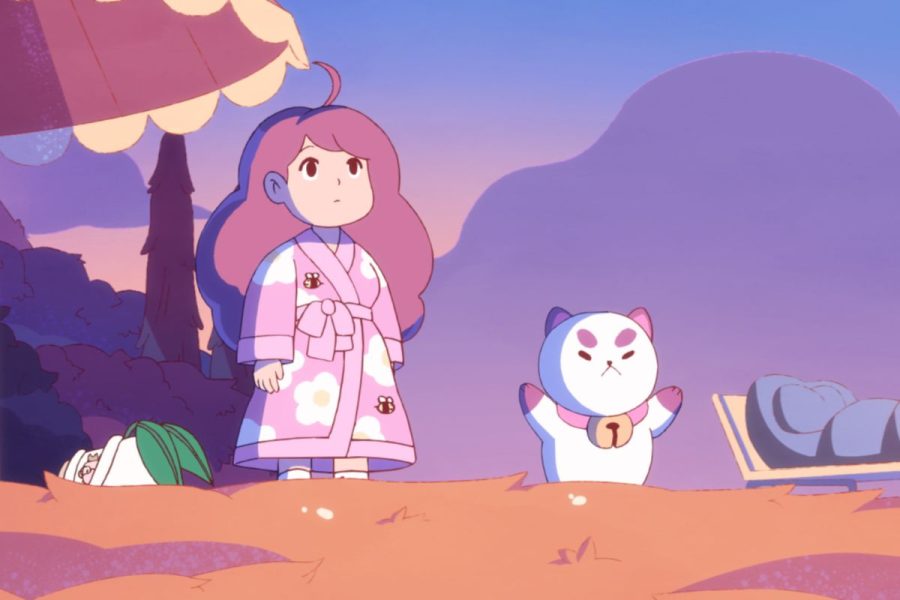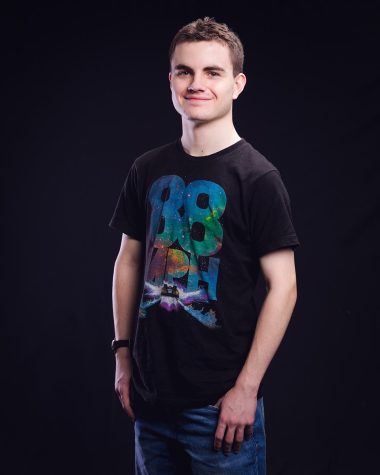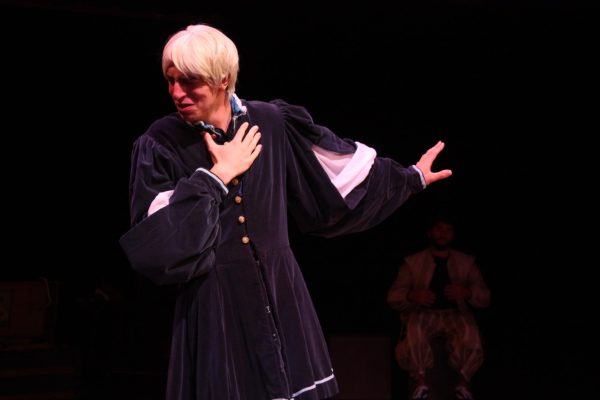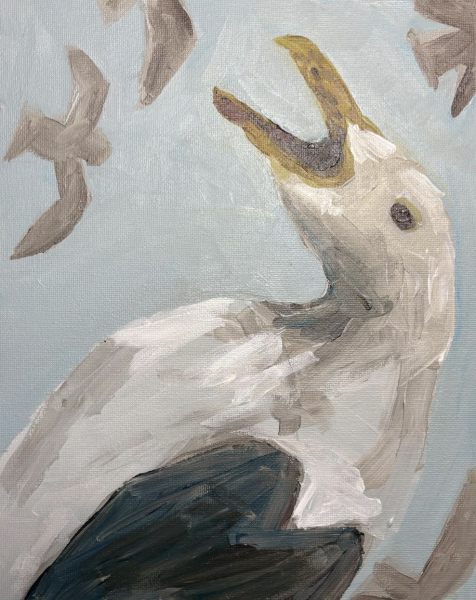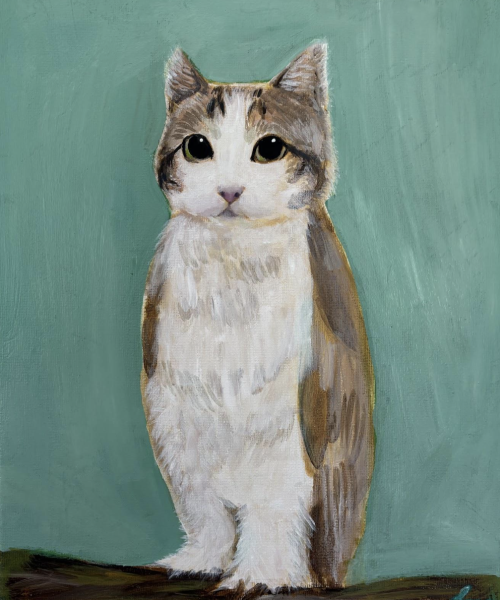“Bee and Puppycat”: Low-Stakes Space
“Bee and Puppycat” explores the mellow lives of two not-so-ordinary beings.
The question of what entertainment can and should be is becoming a bigger and bigger question in today’s world. While mediums like film and television are and always have been great ways to express artistic talent and critique political and economic stances in unique ways, the demand for entertainment to serve strictly as a means of escapism is quickly becoming very large in a world where some new depressing piece of news is a click away in our pockets. So while ideology-driven and politically-heavy films will remain some of the most important pieces of media creative minds have to offer, there will always be a place for shows like “Bee and Puppycat”.
“Bee and Puppycat: Lazy in Space” is an adult animated fantasy-drama series that debuted on Netflix on Sept. 6. It stars Allyn Rachel as the titular character Bee, an airheaded but cheerful young woman in her early 20s who is unable to keep a steady job. One day while heading home after being fired yet again, a strange cat-like creature named Puppycat falls from the sky on top of her, and she takes it upon herself to look after him. However, due to Bee’s poor financial status, the two are forced to go on a number of space-faring and cosmos-spanning temp assignments over the course of the series while attempting to make ends meet. Originally a Kickstarter-funded web series released on Youtube from 2014-2016, “Bee and Puppycat” was created and written by Natasha Allegri, also known for working on Cartoon Network’s “Adventure Time.” The Netflix series, differentiated from the original with the subtitle “Lazy in Space”, serves as a soft reboot, re-adapting the series for a new audience.
The first thing one will likely notice about “Bee and Puppycat” is its artstyle. The style, quite frankly, is adorable, with simplistic, “chibi” character designs, a consistently soft color palette, and a frequent use of animal-like features throughout. This style is complemented very well by the show’s laid back and whimsical tone, with events in the story often feeling very nonsensical yet calming. This is something probably best exemplified by the way that Puppycat only speaks in a sort of pseudo-gibberish (provided by the Vocaloid program Oliver) that sounds barely comprehensible to any average viewer but can be understood by every character within the show as if he were speaking in regular English. This tone combined with the show’s nonchalant characters and lofi-esque score helps to make watching any episode of “Bee and Puppycat” an extremely soothing experience. I could see myself rewatching the series during some busy week just to relax, letting the tranquilizing soundtrack and low-stakes plot slowly lull me into a state of Zen.
However, even though I just described the plot as “low-stakes” that isn’t exactly the case. Despite its cutesy appearance and simple-sounding premise, “Bee and Puppycat” features many deeper plot elements and moments of high action. In a similar vein to the early seasons of shows like “Adventure Time” or “Steven Universe”, the series drip-feeds you information about larger elements of its overarching plot, including elements such as Bee’s origins, who exactly Puppycat is, and what the massive hands that attack the titular duo on their various assignments are, all while keeping its focus on the comparatively mellow events of the characters’ day-to-day lives. Even the show’s sparse action sequences feel just as pacified as the rest of the series due to being accompanied by the same soft soundtrack.
“Bee and Puppycat: Lazy in Space” is one of those animated shows that you do not get very often: a relaxed, slow-paced show that still has moments of fascinating intrigue and action and yet maintains its relaxed pace throughout. It is a delight from start to finish, and anyone interested in checking it out can currently find it on Netflix.

